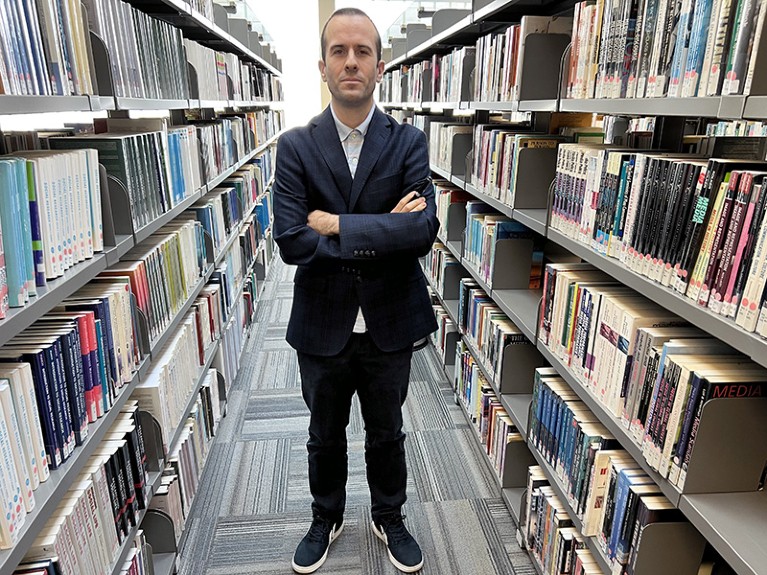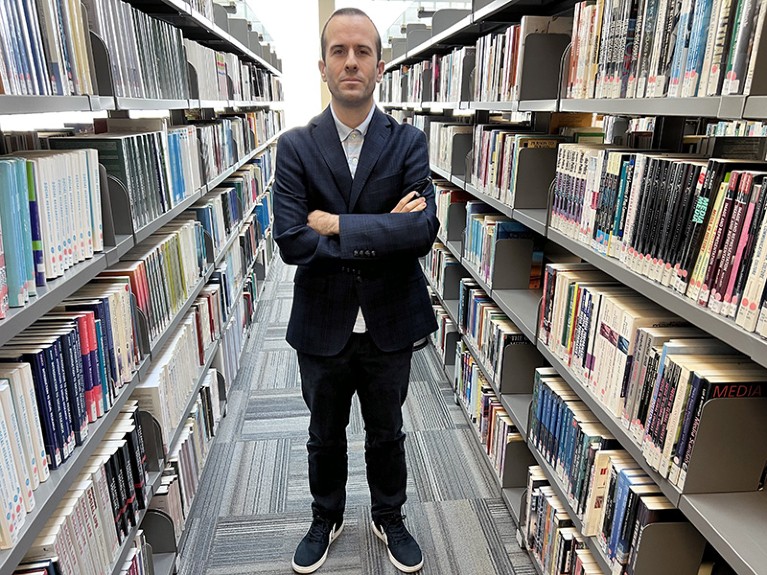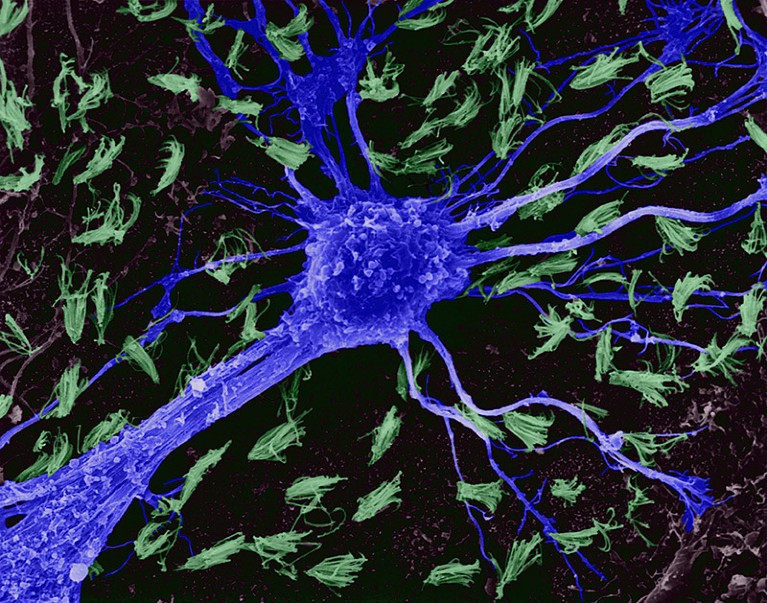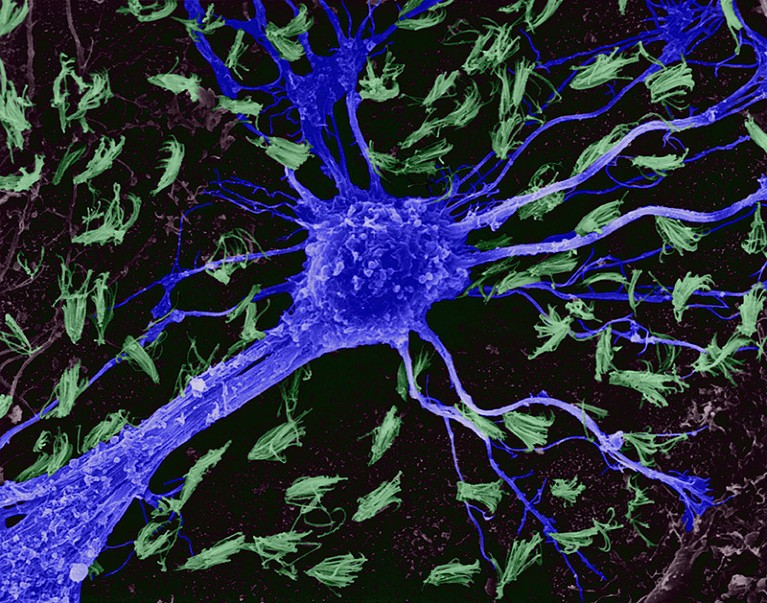-
Adding charge to neural network potentials
Large-scale and long-time molecular dynamics (MD) simulations are important for investigating materials properties of technological relevance. One of the core elements in MD simulations is the force field model or the inter-atomic potentials, which determine the prediction accuracy, the simulation size, and the simulation duration. The recent development of machine-learning interatomic potentials (MLIPs), such as…
-
The waiting game
Pedestrian dynamics, a field that studies pedestrian movement and behavior, is gaining much importance as passenger numbers increase in many areas. Previous studies on passenger waiting behavior at railway platforms have revealed that the distribution of passengers in a space is not uniform but influenced by entryways and train stops. While these studies have been…
-
Drug discovery with limited resources
Recent estimates have indicated that the median cost of researching and developing a drug is over US$1 billion per drug, with research and development taking an average of ten years. Thus, using machine learning (ML) to accelerate research timelines and reduce development costs is an appealing avenue, particularly for drug discovery centers in lower-to-middle-income countries…
-
Adding charge to neural network potentials
Large-scale and long-time molecular dynamics (MD) simulations are important for investigating materials properties of technological relevance. One of the core elements in MD simulations is the force field model or the inter-atomic potentials, which determine the prediction accuracy, the simulation size, and the simulation duration. The recent development of machine-learning interatomic potentials (MLIPs), such as…
-
ChatGPT use shows that the grant-application system is broken

Juan Manuel Parrilla questions how much value there is in aspects of the grant-application process.Credit: Juan Manuel Parrilla Gutierrez I’ve always hated writing grants. Like most scientists, I love having scientific ideas, and I love drawing diagrams and writing up my ideas. But grant applications require an enormous amount of work beyond conveying an idea…
-
ChatGPT use shows that the grant-application system is broken

Juan Manuel Parrilla questions how much value there is in aspects of the grant-application process.Credit: Juan Manuel Parrilla Gutierrez I’ve always hated writing grants. Like most scientists, I love having scientific ideas, and I love drawing diagrams and writing up my ideas. But grant applications require an enormous amount of work beyond conveying an idea…
-
Reproducibility trial: 246 biologists get different results from same data sets

Scientists who ran separate analyses on a single data set about the effect of grass cover on Eucalyptus seedlings arrived at vastly different answers.Credit: Laurence Dutton/Getty In a massive exercise to examine reproducibility, more than 200 biologists analysed the same sets of ecological data — and got widely divergent results. The first sweeping study1 of…
-
Reproducibility trial: 246 biologists get different results from same data sets

Scientists who ran separate analyses on a single data set about the effect of grass cover on Eucalyptus seedlings arrived at vastly different answers.Credit: Laurence Dutton/Getty In a massive exercise to examine reproducibility, more than 200 biologists analysed the same sets of ecological data — and got widely divergent results. The first sweeping study1 of…
-
This is the largest map of the human brain ever made

Insights into thousands of types of brain cell could improve understanding of diseases and cognition.Credit: Dennis Kunkel Microscopy/Science Photo Library Researchers have created the largest atlas of human brain cells so far, revealing more than 3,000 cell types — many of which are new to science. The work, published in a package of 21 papers…
-
This is the largest map of the human brain ever made

Insights into thousands of types of brain cell could improve understanding of diseases and cognition.Credit: Dennis Kunkel Microscopy/Science Photo Library Researchers have created the largest atlas of human brain cells so far, revealing more than 3,000 cell types — many of which are new to science. The work, published in a package of 21 papers…